If you are here reading this post, I am sure you have heard the buzz around the science of reading. What is it? How does it help support successful readers? How do I incorporate the science of reading into my classroom?
I get so many questions about the science of reading, so I am here to give you a rundown of what it is and what it means for you as a reading teacher.
What is the science of reading?
The science of reading refers to the body of research about how we learn to read. It draws on research and information from educational psychology, cognitive psychology, neuroscience, and linguistics.
The science of reading indicates that there are five main pillars of reading. For students to be successful readers, they need to have a foundation built on all five areas:
- Phonemic awareness
- Phonics
- Fluency
- Vocabulary
- Comprehension
It is important to note that the science of reading is not a new way of teaching reading.
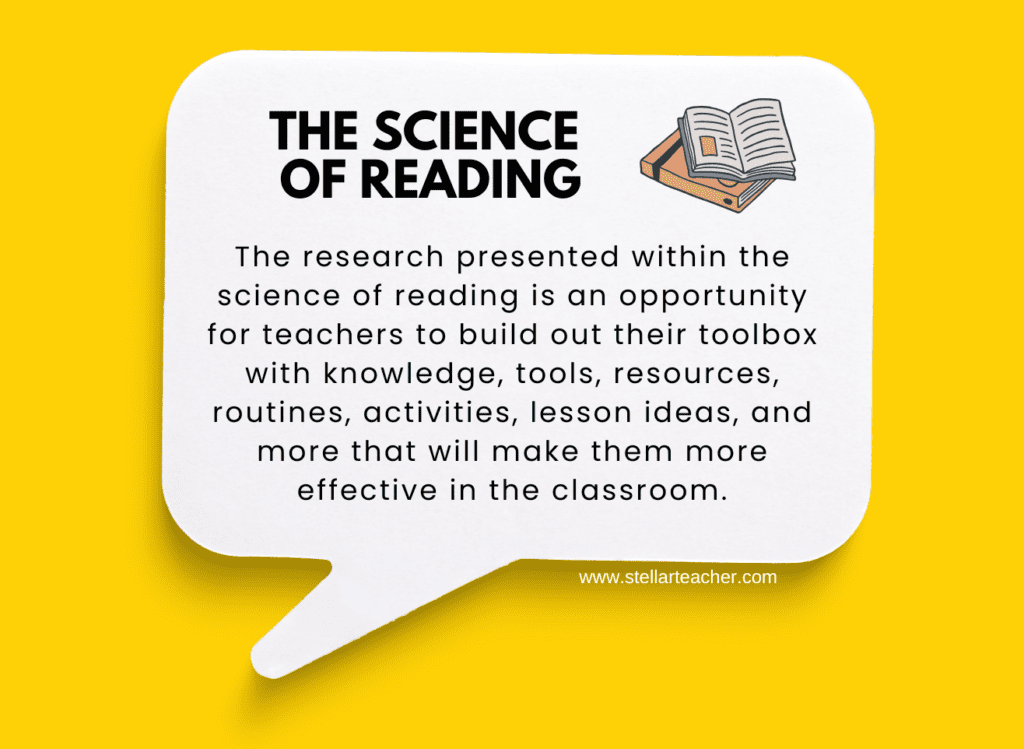
The five pillars of reading have been around for a long time, and many teachers may already be familiar with them. However, the science of reading provides a comprehensive understanding of how these pillars work together to create skilled readers.
I have put together a Teacher Cheat Sheet of terms you might hear, see, or read when you are learning about the science of reading, so if you need clarification on any of these five pillars, download my freebie!
In addition to making sure that reading instruction is centered around these five pillars, the science of reading indicates that our reading instruction is most effective when it is:
- Explicit
- Systematic
- Responsive to Students
Explicit instruction means the teacher introduces, explains, and models new skills and concepts to their students.
Systematic instruction means that instruction is taught in a logical order that builds upon students’ prior learning.
Responsive instruction means that teachers assess and determine what reading skills and concepts a student already knows and provide explicit and systematic instruction that meets their needs.
What is NOT the science of reading?
It is also important to point out what the science of reading is not to help you get a clearer idea of what it is.
- It is not a new way of teaching. If you look at those five pillars, they have been around for a long time. More than likely, if you’ve taught reading for any length of time, you’ve taught or addressed at least one of two of these pillars.
- It is not a program or curriculum. There are programs, resources, and curriculums that schools can purchase that are aligned with the science of reading, but it is not a curriculum. The science of assignment refers to a body of research.
- There is no one-size-fits-all approach to teaching reading. Teachers must still adjust their instruction to match their students’ needs. Even if your school buys and implements a new reading program this next year that is aligned with the science of reading, teachers still need to know and understand how students learn to read and how to adjust their instruction to meet their students’ needs.
The research presented within the science of reading is an opportunity for teachers to build out their toolbox with knowledge, tools, resources, routines, activities, lesson ideas, and more that will make them more effective in the classroom.
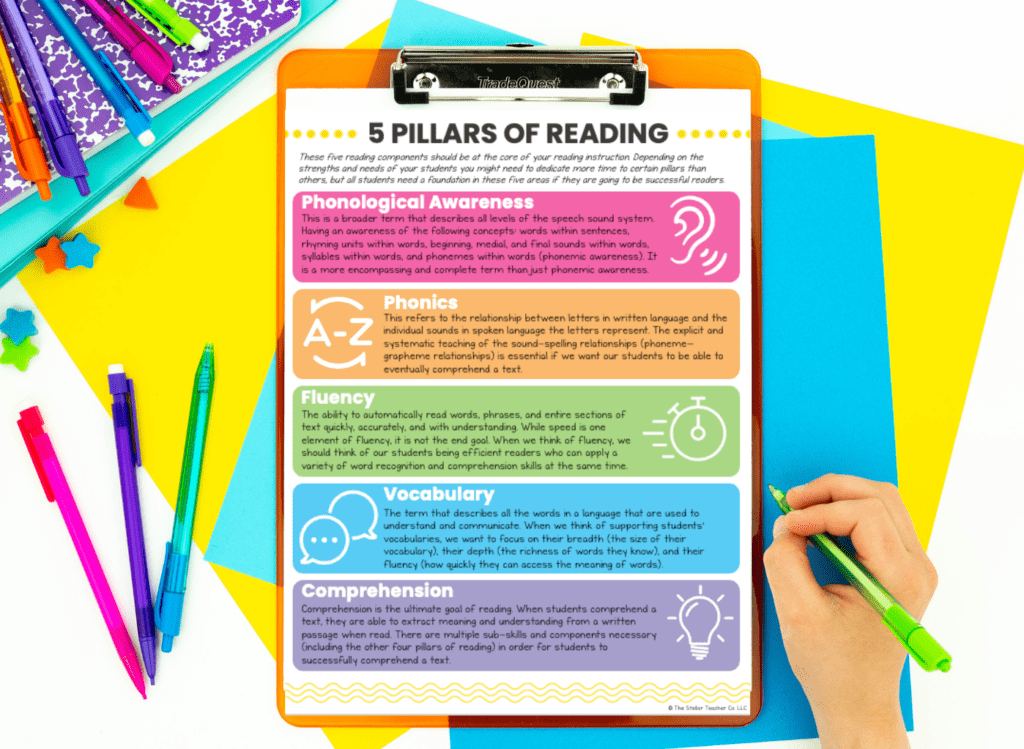
The Simple View of Reading and Scarborough’s Reading Rope
Ok, I want to walk you through and explain two different models or frameworks that explain how those five pillars of reading work together to create a skilled reader.
Several models can help teachers align their reading instruction with the science of reading. One of these models is the Simple View of Reading, which suggests that reading comprehension combines decoding (phonemic awareness and phonics) and language comprehension (vocabulary and background knowledge).
So, it views reading comprehension as a math formula.
D X LC = RC
- D = decoding
- LC = language comprehension
- RC = reading comprehension
For students to be able to decode, they need to have the following:
- Phonemic awareness skills
- Phonics skills
- Fluency (automatic sign word recognition)
For students to have language comprehension:
- Language Comprehension is the ability to understand spoken language.
- Sub-skills needed to understand spoken language can include:
- Background Knowledge
- Vocabulary
- Syntax (how words and phrases are combined in sentences to make meaning)
- Semantics (has to do with the meaning of words/phrases)
- Inferential language kills
When students have these tools, they have what they need to comprehend the text.
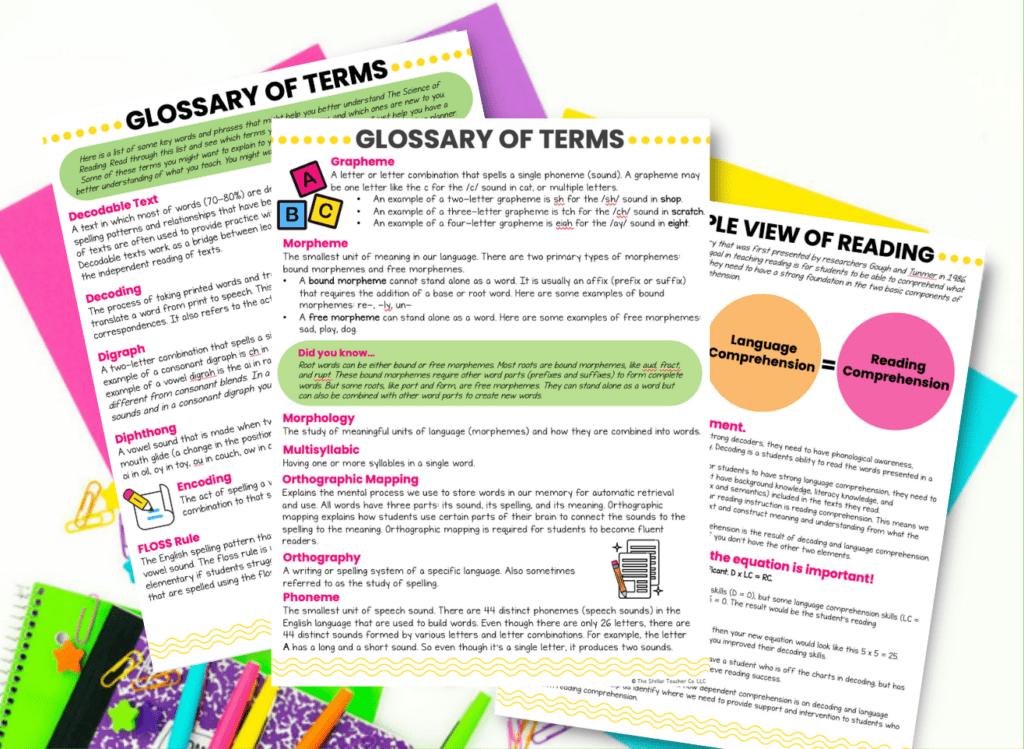
Another model is Scarborough’s Reading Rope, which suggests that reading combines word recognition skills (phonological awareness, phonics, and sight recognition) and language comprehension skills (vocabulary, syntax, and discourse).
Imagine a large rope or cable. A rope is created by twisting smaller strands to create a larger one. The smaller strands of rope are woven together to help strengthen and reinforce each other.
Reading is similar to a rope.
Try and think of each strand as one of the single elements of reading. When each element is woven together, they help strengthen and reinforce the reader.
Scarborough’s Reading Rope is divided into two strands:
- Language Comprehension
- Word Recognition
Each of those strands has smaller strands that are woven together and needed for students to show proficiency.
Word Recognition Strands
- Phonological Awareness (sound manipulation, rhyming, syllables)
- Decoding (spelling-sound correspondence, knowing the specific sounds letter combinations make)
- Sign Word Recognition (recognizing words not because you’ve memorized them but because you know the phonological concepts that make up that word).
Language Comprehension Strands
- Background knowledge (facts, concepts, ideas)
- Vocabulary
- Language structures (multiple-meaning words, how complex sentences are written)
- Verbal reasoning
- Literacy knowledge
I hope you can see the similarities between the two models – they are made up of the same elements, just presented in different ways.
To sum it all up, the science of reading provides a comprehensive understanding of how students learn to read, and teachers need to have a strong understanding of this research to provide effective reading instruction.
By focusing on the five pillars of reading and providing explicit, systematic, and responsive instruction, teachers can help their students become skilled readers.
With the abundance of resources available, teachers can continue to build their knowledge and become even more effective reading teachers.
Put It Into Practice:
- Download my freebie The Science of Reading: Teacher Reference Guide to help you build a solid understanding of concepts and vocabulary associated with the science of reading.
- Check out podcast Episode #85 of the podcast: What is The Science of Reading & Why is it Important?
- Join us inside The Stellar Literacy Collective, where you will get access to a resource library filled with reading resources, including resources to help you incorporate all five pillars of reading in your classroom.
Happy Teaching!


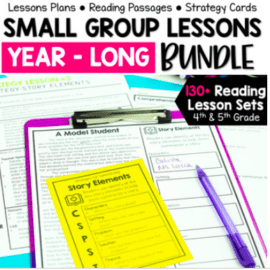
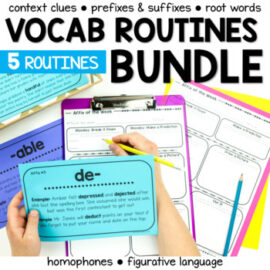
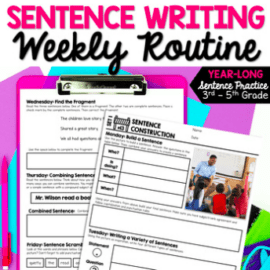
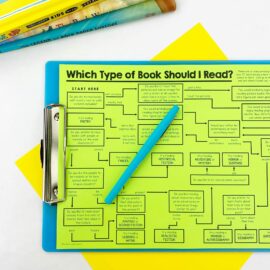











Leave a Comment
You must be logged in to post a comment.